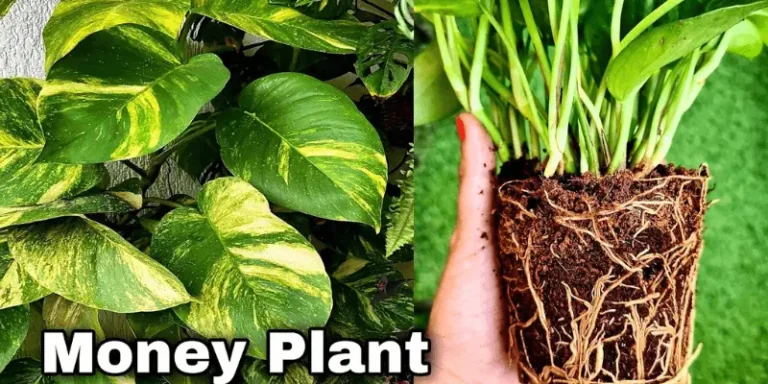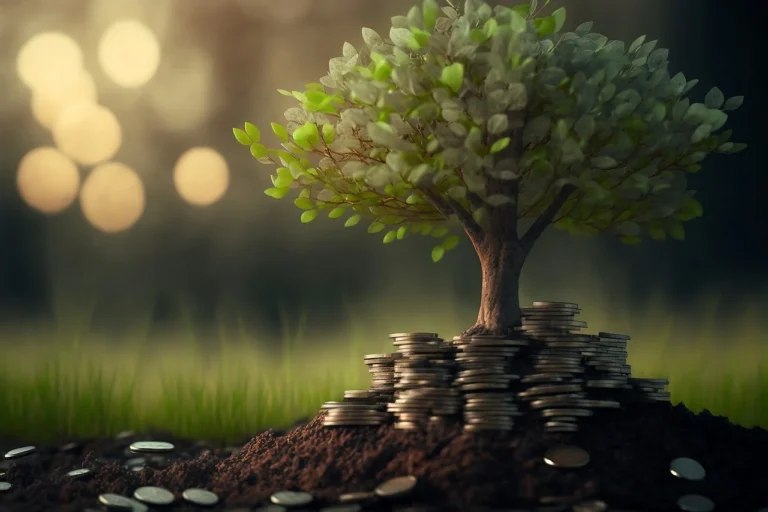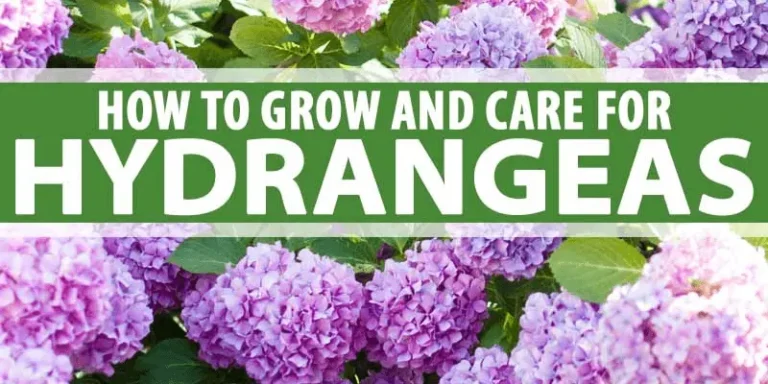Schefflera (Umbrella Plant) Varieties: How to Grow & Care indoor
Schefflera, a diverse genus of flowering plants in the family Araliaceae, boasts more than 600 species native to tropical regions such as Southeast Asia and Australia. Named after the 18th-century botanist Jacob Christian Scheffler, these plants have made their way from lush rainforests to gardens around the world. Notable species include Schefflera actinophylla, the umbrella tree, which originates in northern Australia, and the compact Schefflera arboricula, native to Taiwan. Schefflera’s adaptation to different climates has given rise to popular cultivars such as ‘Genine’ and ‘Amate’. Beyond their aesthetics, Schefflera plants purify indoor air and have cultural significance in some societies. Whether you’re an indoor gardener or an outdoor enthusiast, Schefflera’s interesting origins and versatile nature add a touch of the exotic to your botanical journey.
Schefflera Varieties
Schefflera actinophylla (umbrella tree):
Origin: Schefflera actinophylla is native to northern Australia, New Guinea and Java. It thrives in warm, tropical climates.
Appearance: This variety is known for its distinctive, umbrella-like leaves, which radiate from a central point and give it the common name “Umbrella Tree”. The leaves are large and lush giving a tropical feel.
Cultivation: Schefflera actinophylla is a popular choice for outdoor landscaping in tropical and subtropical regions due to its spectacular appearance. It can grow into a large tree with proper care and is often used as a focal point in garden design.
Special Features: While its leaves steal the show, Schefflera actinophylla also produces small, inconspicuous flowers and bright red berries.
Schefflera arboricula (dwarf umbrella tree):
Origin: Schefflera arboricula is native to Taiwan and Hainan, China. It has adapted well to the indoor environment.
Appearance: Unlike its larger relative, this variety is compact and suitable for indoor cultivation. It has small, bright green leaves and a more manageable size, making it an excellent choice for homes and offices.
Cultivation: Schefflera arboricula is a favorite among indoor plant enthusiasts due to its beautiful appearance and adaptability to a wide variety of indoor conditions. It thrives in well-drained soil and indirect sunlight.
Special Features: While it is primarily grown for its foliage, Schefflera arboricula can also produce small, inconspicuous flowers when conditions are favorable.
Schefflera amate (amity tree)
Origin: Schefflera amate is native to Mexico and has a tropical origin.
Appearance: This variety is known for its large, glossy leaves that add a lush and vibrant touch to gardens. It can grow into a large tree, providing plenty of shade.
Cultivation: Schefflera amate is a fast grower and is often used to form a dense green canopy outdoors. It needs well-drained soil and moderate watering.
Special Features: Although Schefflera amate is primarily grown for its foliage, it can occasionally produce small, inconspicuous flowers. Its rapid growth and tropical appearance make it a desirable landscape choice.
Hybrid varieties:
Origin: Schefflera hybrid varieties are created by crossbreeding different Schefflera species to combine their desired traits.
Appearance: Hybrid varieties can vary widely in appearance, depending on the specific parent species involved in the hybridization. They often exhibit a combination of characteristics unique to their parent plants.
Cultivation: These hybrids inherit traits that make them suitable for both indoor and outdoor environments. They offer a variety of options for plant enthusiasts looking for specific Schefflera variations.
Special Characteristics: Hybrid Schefflera varieties can have a mixture of characteristics, including leaf shapes, sizes and colors, that make them interesting additions to gardens or indoor collections.
These Schefflera varieties offer a spectrum of choices for plant lovers, whether you’re looking for a stunning focal point in your garden or a beautiful house plant to decorate your living space. Each type brings its own unique charm and appeal.
How To Plant, Grow & Propagate Schefflera
Planting Schefflera:
Choose a suitable pot: Choose a pot with good drainage holes to avoid waterlogging. Make sure the pot is slightly larger than the plant’s current container.
Potting mix: Use a well-draining potting mix designed for tropical plants or make your own mix by mixing equal parts peat moss, perlite and compost.
Planting Depth: Plant your shefflera at the same depth as it was in its previous container. Make a hole in the soil large enough to accommodate the root ball.
Transplant carefully: Gently remove the plant from its current pot, being careful not to damage the roots. Place it in the prepared hole and backfill with soil. Water well after planting.
Growing Schefflera:
Light: Schefflera plants thrive in bright, indirect sunlight. Avoid direct sun exposure, as it can burn the leaves.
Temperature: Maintain a temperature range of 60-80°F (15-27°C) and protect the plant from drafts and sudden temperature fluctuations.
Watering: Allow the top inch of soil to dry out before watering. Water well, but avoid overwatering, as Schefflera is susceptible to root rot.
Humidity: Provide moderate to high humidity, especially if you are growing Schefflera indoors. Use a humidity tray or mist the leaves to create a more humid environment.
Fertilization: Feed your shefflera with a balanced liquid fertilizer every 4-6 weeks during the growing season (spring and summer). Reduce or stop fertilizing in winter when growth slows.
Pruning: Prune regularly to maintain the desired shape and remove any dead or yellow leaves. Pruning can also help control plant size.
Repotting: Repot your Schefflera every 2-3 years or when it is rooted. Choose a slightly larger pot and fresh potting mix.
Schefflera’s Propagation:
Stem cuttings: To propagate Schefflera, take a 4-6 inch cutting with at least one leaf node. Allow the cut end to dry for a day to prevent rotting. Plant the cutting in a well-draining potting mix.
Rooting hormone (optional): You can dip the cut end of the stem in rooting hormone to encourage root growth, although this is not always necessary.
Keep humid: Keep the cutting in a warm, humid environment with indirect light. Use a plastic bag or propagator to maintain high humidity.
Transplanting: Once the cutting has developed roots (usually in a few weeks to two months), transplant it into a larger pot with the same care as an established shefflera.
By following these steps for planting, growing, and propagating Schefflera, you can enjoy the lush, tropical charm of these plants in your home or garden while expanding your collection through propagation.
Schefflera plant Care
Caring for Schefflera plants is essential to ensure their health. Place them in bright, indirect sunlight, avoid direct sun exposure, and maintain a temperature range of 60-80°F (15-27°C), protecting them from drafts. Water when the top inch of soil is dry, thoroughly but not overwatering to prevent root rot. Increase humidity levels by using humidity trays, humidifiers, or misting. Use a well-draining potting mix and feed with a balanced liquid fertilizer during the growing season, prune to maintain shape, and repeat every 2-3 years. Vigilance against pests and diseases with timely treatment as required is very important. Support long varieties with stakes if necessary. If spreading, take stem cuttings and plant them in a well-draining medium. By following these care practices, you can nurture your Schefflera to thrive and add beauty to your indoor or outdoor space.
Schefflera plant Diseases
Schefflera plants are generally robust, but can still be susceptible to a few common diseases. Here are some possible ailments and how to treat them:
- Leaf spot diseases:
Symptoms: Round or irregular brown or black spots on leaves.
Remedy: Remove affected leaves, improve air circulation around the plant, and avoid overhead watering. If the problem persists, fungicides can be used. - Powdery mildew:
Powdery mildew symptoms: A white, powdery substance on leaves, which can cause them to turn yellow and distorted.
Remedies: Improve air circulation, reduce humidity levels, and apply recommended fungicidal treatments. - Root Root:
Symptoms: Wilting, yellowing of leaves, and general decline in plant health. If the roots are rotting, it can also smell.
Remedy: Ensure well-drained soil and pots with good drainage. Reduce watering frequency, and if root rot is severe, consider replanting in fresh soil. - Spider Mites:
Symptoms: Fine webbing on the leaves and small spot-like particles on the underside of the leaves. Leaves may appear wrinkled or discolored.
Treatment: Wash the plant regularly to increase humidity and use insecticidal soap or neem oil to control spider mites. - Mealy Bugs:
Symptoms: White, cottony masses on the plant, usually found in leaf joints or crevices.
Remedy: Remove mealybugs by gently wiping with a cotton swab soaked in alcohol. Repeat as needed and monitor the plant for further infestations. - Aphids:
Symptoms: Small, soft-bodied insects on plants, usually found on new growth.
Treatment: Wash the aphids off the plant with a strong stream of water or use an insecticidal soap. - Prevention is key in managing these diseases. Providing proper care, including proper watering, good air circulation, and maintaining the right humidity levels, can help keep your Schefflera healthy and less susceptible to disease. Additionally, inspect your plants regularly to catch any problems early, as early intervention is often more effective in preventing the spread of diseases.
Frequently Asked Questions (FAQs)
Is Schefflera suitable for beginners in gardening?
Yes, Schefflera is a great choice for beginners. It is relatively easy to care for and can adapt to a variety of conditions, making it a forgiving plant for those new to gardening.
How often should I water my Schefflera?
Water your shefflera when the top inch of soil is dry. This usually means watering every 1-2 weeks, but the frequency can vary based on factors such as temperature, humidity and pot size.
Can I keep my Schefflera outside during the summer?
Yes, Schefflera can grow outdoors during summer in climates similar to its natural habitat. Make sure it gets bright, indirect sunlight and monitor soil moisture levels.
What should I do if my Schefflera leaves turn yellow or fall off?
Yellowing of leaves can be a sign of overwatering or poor drainage. Make sure the pot has proper drainage and adjust your watering routine accordingly. Changes in light or temperature can also cause leaves to drop. Try to maintain constant conditions.
Is pruning necessary for Schefflera plants?
Pruning is not strictly necessary but can help maintain the shape of the plant and remove dead or unhealthy growth. It can also control the size of the plant if it gets too big for your space.
Is Schefflera safe for pets?
Although Schefflera is considered mildly toxic to pets, it generally does not pose a serious threat if ingested. However, it’s best to keep plants out of reach of curious pets to prevent any potential problems.
How can I encourage my Schefflera to grow taller?
Schefflera can be encouraged to grow taller by providing adequate light and occasional pruning to remove lower branches. You can also use stakes or supports to help maintain an upright posture.
Can I propagate my Schefflera if it gets leggy or too tall?
Yes, you can propagate Schefflera by stem cuttings. This is a great way to rejuvenate a leggy plant and add new ones to your collection.
What should I do if my Schefflera is infested with pests?
If you see pests such as spider mites or mealybugs, isolate the affected plant, remove the pests manually or with insecticide treatments, and make sure you address any underlying factors such as Moisture or overcrowding that can attract insects.
How can I make my Schefflera leaves look shiny and vibrant?
To enhance the shine and vibrancy of your shefflera leaves, gently wipe them with a damp cloth. This removes dust and enhances their natural brightness, allowing them to photosynthesize more efficiently.




